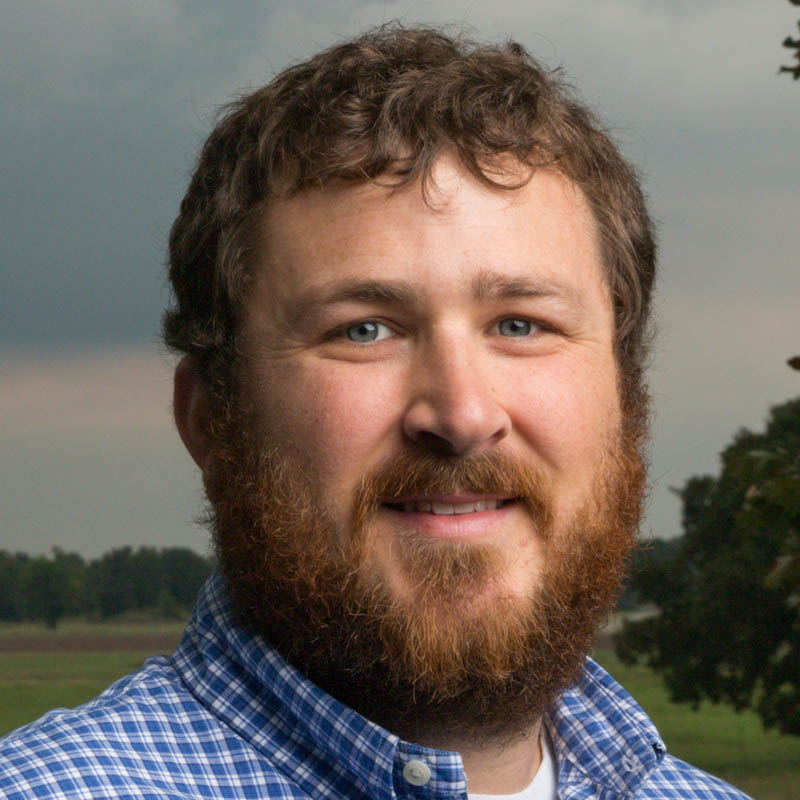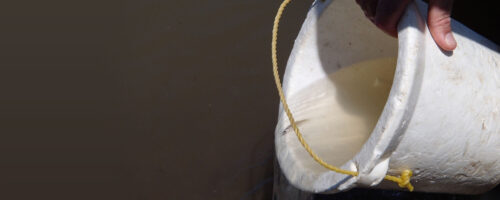Properties managed for livestock and wildlife have plant communities that are manipulated to accomplish specific goals. When an accidental, or intentional, introduction of an invasive plant species happens, those goals can become difficult or impossible to accomplish.
Some invasive plants were introduced with the best of intentions for improving soil health, stopping erosion, or providing improved forage production or wildlife habitat. However, we have learned that many of these plants do not provide the expected benefits and actually displace more desirable plants. Some of the most serious invasive plants in the Great Plains are the old world bluestems (i.e. yellow, Caucasian, plains, King Ranch, B. Dahl), sericea lespedeza, eastern redcedar, musk thistle, Bradford or callery pear, and salt cedar.
Why Invasive Plants Matter
The primary consequence of these invasive plants becoming established is that they displace native or more desirable plant communities with ones that are less productive or provide poorer wildlife habitat. Livestock production systems rely on forage production. When invasive plants displace the target species in native plant communities or introduced monocultures, the result is almost always lower forage quality and production than the intended plant community. If a property is managed for wildlife, invasive plants often reduce plant diversity and negatively affect habitat.

How Did They Get Here?
There are several ways these plants are introduced. Many were introduced intentionally to reduce soil erosion. However, over time, we learned their invasive nature outweighed their soil erosion mitigation benefits. Others were introduced to provide forage for livestock, while others escaped from ornamental plantings. Some of these plants are still sold to producers and landowners who might not know they are introducing an invader. If allowed to produce seed, these plants can be naturally dispersed by wind, flowing water or by animals far beyond their original area of introduction. They often also spread by disturbances such as tillage, mowing and haying. It is common to see bands of old world bluestems along roads (public and private) due to traffic bringing seed in on tires and the constant disturbance. It is also common to see invasive plants become established in areas where hay that was contaminated with them has been fed. Finally, some (such as eastern red cedar) are native plants that have become invasive due to the lack of naturally occurring fire (see “Controlling Eastern Red-cedar, a Common Noxious Weed”). The lack of naturally occurring disturbances, like fire or very short durations of overgrazing by bison, have allowed some native species to become invasive.
How to Prevent and Control Invasive Plants
The best control is preventing the introduction from ever occurring. Producers should ensure their sources of hay are not contaminated with invasive plants. If one must purchase questionable hay, feed it in a confined area that can be monitored and control any invasive plants that come up before they can reproduce or spread. Make sure that outside equipment is cleaned to prevent it from introducing seed from the last place it has been. Check seed before buying to ensure it doesn’t contain something that could become a problem. This is particularly important for the cover crop and pasture mixes that include a variety of species. If invasive plants become established, quick response to the threat is needed to prevent the plant from spreading and becoming more difficult to contain or eradicate. Visit www.okinvasives.org for more information on invasive plant control and links to neighboring state’s invasive plant sites.
Know Your Plants
Invasive plants are an ever-growing threat to agricultural and native landscapes that make it more difficult to properly manage the land. Producers and land managers must know what plants should be on their property, the invasiveness potential for anything new they might introduce, and how to contain or eradicate those invasive plants that do become established. It is our responsibility to ensure that invasive plants do not start or spread from our properties.




Comment